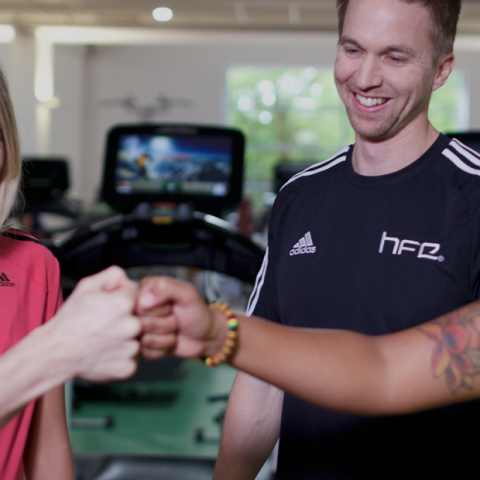New research by Mintel into the nation’s fitness habits has found a worrying 30% of Brits admit they rarely or never do any sport or exercise. A quarter of Brits (24%) said they struggle to motivate themselves to exercise on their own, with cost being the number one reason for not using a public leisure centre or swimming pool (24%). One in five blame their lethargy on lack of time to keep fit and as many as 15% admit to feeling uncomfortable going to the gym or swimming pool because they feel too unfit.
Mintel’s research found the nation’s men are more active than women, with just over a quarter (27%) admitting to little or no exercise compared to 34% of women. The study also highlighted young people are less likely to participate in sport and exercise, with almost one in five (19%) admitting they do not do any.
“The research finds that a significant chunk of the population rarely or never exercises,” says Michael Oliver, Senior Leisure Analyst at Mintel. “The leisure centres and swimming pool industry can engage with apathetic consumers in a number of ways; the most obvious way is trial, perhaps by way of offering a reward in return for meeting a challenge (e.g. cycle or run on a machine for two minutes) or simply bringing exercise machines to places where people go in large numbers, such as a shopping centre or high street. Alternatively, they could consider utilising mobile facilities and taking them into the heart of neighbourhoods.”
While a core group of the nation are not exercising, outdoor exercise remains very appealing for those that like to keep fit. 16% said they often ride a bike outdoors for exercise, 14% enjoy running or jogging outdoors and 4% prefer doing watersports such as surfing, sailing and rowing.
Exercising in the comfort of our homes also proved to be a popular option. A quarter of Brits (23%) exercise at home – using weights, workout videos and following computer game workouts. Additionally, the importance of technology in keeping fit was also identified – one in twenty (6%) use a health and fitness mobile app.
“A number of factors work to drive home exercise, including self-consciousness, cost and convenience,” says Michael. “Many people tend to be self-conscious about their bodies, so the opportunity to work out in the privacy of their own home is a strong pull. Additionally, if they are parents, it also means they do not have to make childcare arrangements. Cost is a factor because once some home exercise equipment has been purchased; there is no ongoing monthly expenditure.
A number of factors work to drive home exercise, including self-consciousness, cost and convenience
“Outdoor exercise also represents a major competitor to the fitness industry with the main advantage that after initial investment in equipment – whether it’s a pair of trainers or a bicycle – there is little in the way of regular ongoing outlay,” adds Michael.
People living in Yorkshire and Humberside were found to be the biggest non-fitness culprits, with 34% admitting to doing little or no exercise. London boasts the highest level of fitness participation, with just a fifth (21%) admitting they rarely or never exercise.


